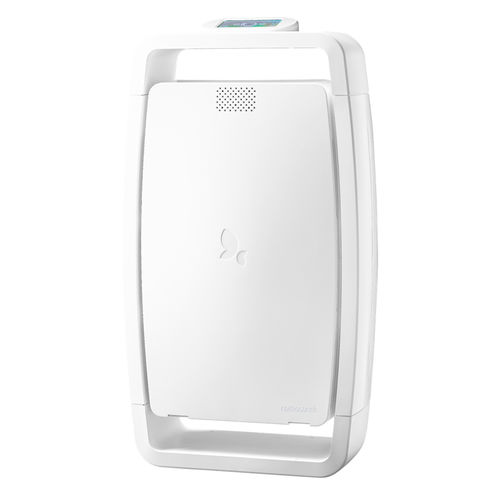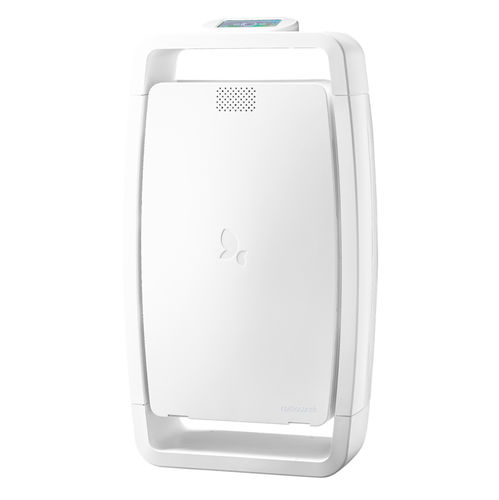
#Industry News
Tuberculosis and Airborne Transmission: Why Indoor Air Quality is Critical in Healthcare Facilities
Controlling Indoor Air Quality to Reduce the Risk of Tuberculosis Transmission in Healthcare Environments
Tuberculosis (TB) remains one of the deadliest infectious diseases worldwide. While its prevalence has decreased in developed countries, it continues to pose a major risk in healthcare facilities, where vulnerable populations and healthcare workers may be exposed to airborne transmission of Mycobacterium tuberculosis.
This bacterium spreads through the air: when an infected patient coughs or speaks, they release contaminated microdroplets that can remain suspended in the air for several hours, especially in poorly ventilated, enclosed spaces. In hospitals, nursing homes, and healthcare centers, this situation makes controlling indoor air quality essential to limit the risk of cross-contamination.
Beyond screening and isolation measures, it is now crucial to implement technical solutions that address the source of airborne transmission. Professional air purifiers equipped with HEPA H13 filters, such as those developed by NatéoSanté, capture ultrafine particles, including pathogenic bacteria and infectious aerosols. These devices integrate seamlessly with ventilation systems, without requiring infrastructure changes.
Improving indoor air quality in medical environments means protecting both vulnerable patients, often immunocompromised, and frontline healthcare workers exposed to these risks. It also contributes to the sustainable prevention of nosocomial respiratory diseases, providing a concrete response to often underestimated health challenges.
For over 15 years, NatéoSanté has been designing and manufacturing air purifiers certified for the healthcare sector. As a committed player in sustainable healthcare, we believe that improving indoor air quality should be a pillar in the fight against infectious diseases like tuberculosis.
24 March is World Tuberculosis Day / World TB Day.







